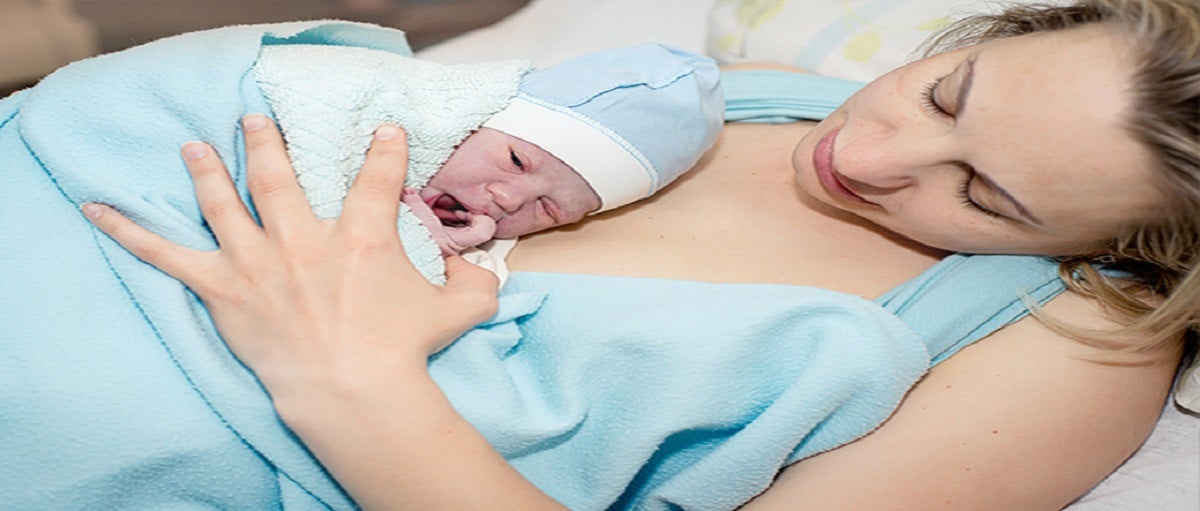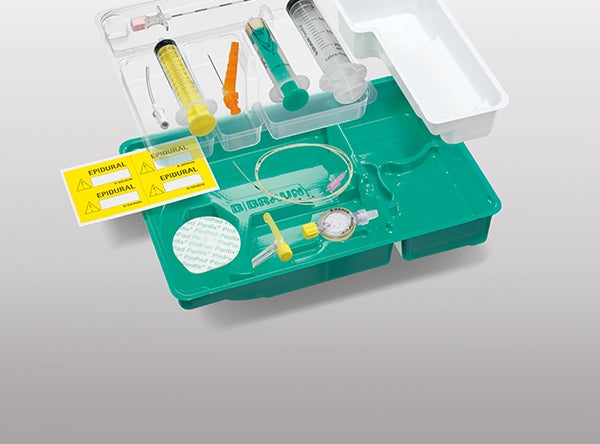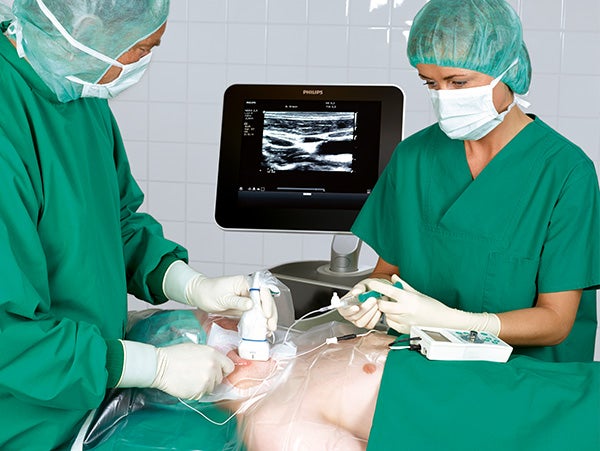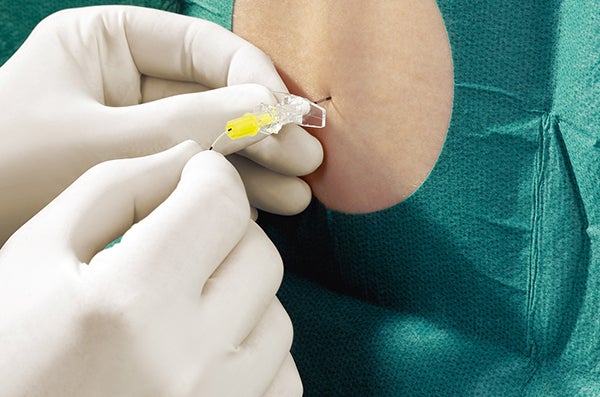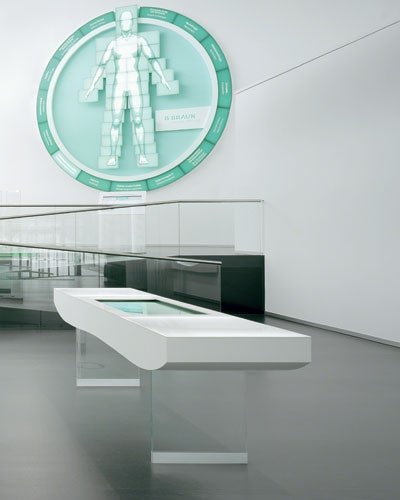Pain Therapy
Relieves pain
Adequate pain management along with anesthesia is crucial for medical and surgical procedures as well as during the post-operative phase. In order to effectively manage pain while reducing the opioid consumption including their associated side effects, multimodal pain management strategies have become an important part during the peri-operative care process. These have and will increasingly replace general anesthetic and analgesic approaches in favor of combinations of regional and local methods such as neuraxial anesthesia (spinal / epidural approach), regional nerve blocks or direct wound infiltration.
Processes in pain therapy
Regional Anesthesia techniques considerably improves patient outcome during the whole patient pathway. With regards to pain therapy, the process steps are as follows:
Prescription
The preparation of the anesthetic and analgesic drugs largely depends on the type of anesthetic method chosen. In general, medication, the respective medical devices and equipment (e.g. ultrasound machine and nerve stimulator) required for the procedure have to be selected. Specific procedure kits, containing all products required to perform the anesthetic procedure, are viable options for a safer and more efficient organization of this procedure.
In case there is “no ready-to-use drug container option” available, individual drawing-up activities into the appropriate application containers, such as syringes and elastomeric pumps, will follow the described preparation steps. For example Propofol tends to be available in glass vials and thus needs to be withdrawn into syringes, taking into account the risk of glass particle formation and contamination.
Correct patient positioning, a prerequisite for a successful placement of neuraxial and peripheral nerve block needles and catheters, completes the procedural preparation.
Patient access
The patient access for anesthetic and analgesic therapies makes use of the full range of options: For general anesthesia with the TIVA approach (total intravenous anesthesia), a peripheral venous access is normally sufficient. Long-term sedation might reasonably make use of existing central venous lines. Neuraxial approaches per se need access to the vertebral canal, whereas peripheral nerve blocks require the needle or catheter positioned onto or near the targeted peripheral nerve. Catheters used for direct wound infusion need to be placed directly into the connective tissues of the surgical site.
Preparation
The preparation of the anesthetic and analgesic drugs largely depends on the type of anesthetic method chosen. In general, medication, the respective medical devices and equipment (e.g. ultrasound machine and nerve stimulator) required for the procedure have to be selected. Specific procedure kits, containing all products required to perform the anesthetic procedure, are viable options for a safer and more efficient organization of this procedure.
In case there is “no ready-to-use drug container option” available, individual drawing-up activities into the appropriate application containers, such as syringes and elastomeric pumps, will follow the described preparation steps. For example Propofol tends to be available in glass vials and thus needs to be withdrawn into syringes, taking into account the risk of glass particle formation and contamination.
Correct patient positioning, a prerequisite for a successful placement of neuraxial and peripheral nerve block needles and catheters, completes the procedural preparation.
Application
As above, application of anesthesia and analgesia largely depends on the selected approach: Application of TIVA with smart pumps and algorithms for TCI / Target Controlled Infusion makes the application easy.
For the most effective application of regional anesthesia techniques it is crucial to find the correct point and route into the patient’s body.
- Flashback-technologies for peripheral venous catheters and spinal needles
- Ultrasound-guided and ECG-controlled placement of central venous catheters
- Loss-of-resistance method in epidural anesthesia
- Triple monitoring techniques via ultrasound, nerve stimulation and injection pressure in peripheral nerve blocks
Discharge management
For an early postoperative mobilization which decisively impacts patients outcome and discharge from the hospital, there are effective ways to continue the post-operative management of pain. When applying continuous peripheral nerve block or wound infusion catheters, portable, single use elastomeric pumps, administer the necessary anesthetics to the patient, even in the home care setting.

